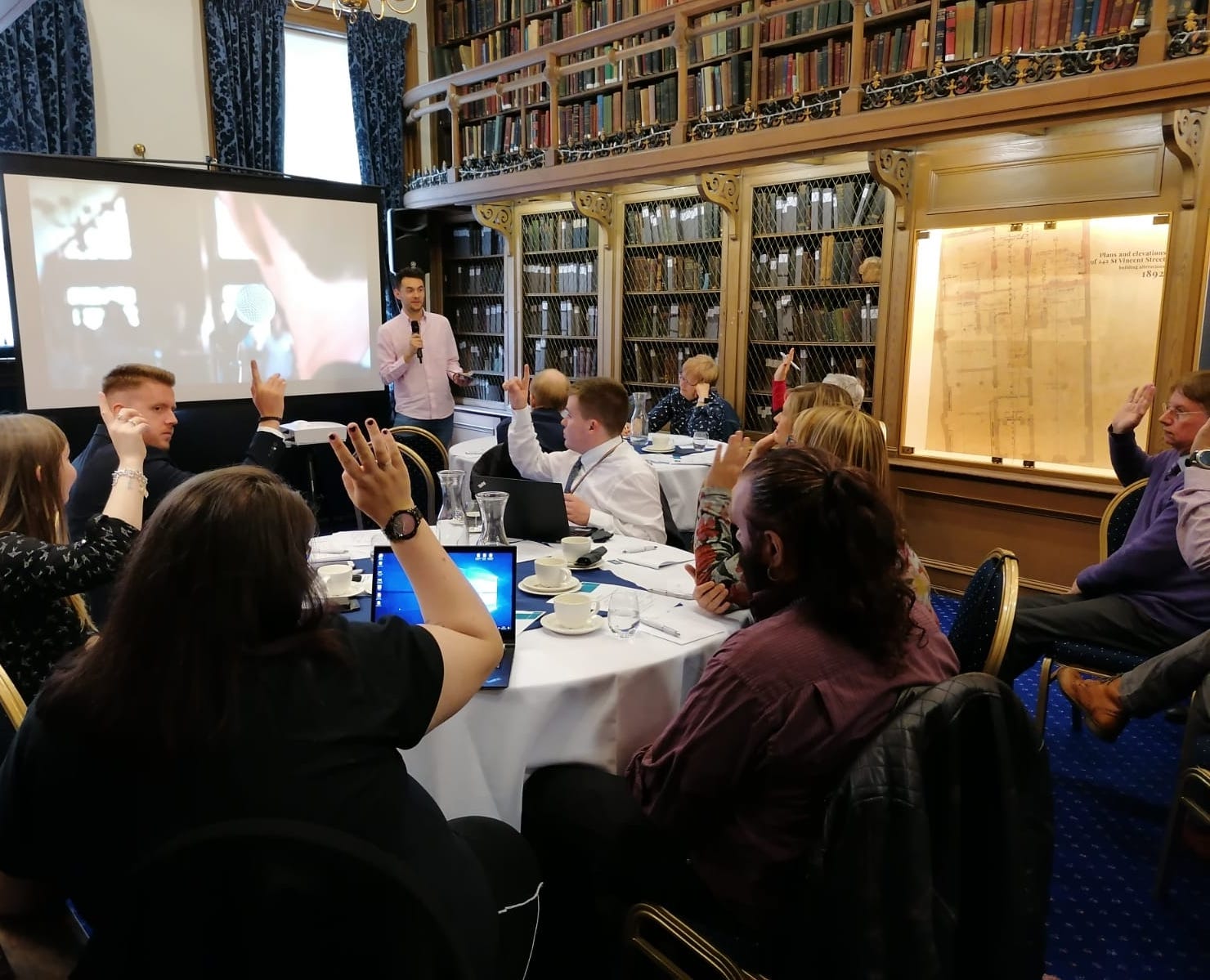Present Pal Blog: Tips, Stories, and Insights for Confident Presenting
Virtually Back to School: Parents and IEPs
Does your child have an IEP? This week we’re helping parents navigate remote learning this semester! Read on to find out how Present Pal can help #UDL #IEP #Accessibility #RemoteLearning
Remote learning series
Wondering how to navigate presentations in a remote setting? 🤨 Check out our new remote learning blog series! This week our tips are for #Educators navigating the remote classroom! #UDL #RemoteLearning
Note Creation: Everything You Need to Know
Present Pal has come a long way from Chris’ original creation to combat presentation anxiety. Developed due to a real-life challenge he experienced at university for which there was no support available, the app is continuing to help individuals create, rehearse and present. Our team has grown and so has the app! The Present Pal team are delighted to offer you ‘Present Pal 3.0’ which is now available on the App Store and Google Play.
Creating a Culture of Inclusion
Think of your workplace and your colleagues that surround you. Are there different gender identities, different ethnicities, different backgrounds, ages, nationalities? Do you have any colleagues who are neurodiverse? Are any of your colleagues disabled? If the answers to these questions are predominantly ‘no’, then you may be questioning your organisation’s culture of inclusion.
Present Pal receives AI for Accessibility Grant from Microsoft
To celebrate the UN’s International Day of Disabled Persons 2018, we’re excited to announce that we’ve been selected to be a part of Microsoft’s AI for Accessibility Programme!
Present Pal has been awarded an AI for Accessibility grant from Microsoft to help further our efforts in ensuring that everyone, despite their individual abilities, has the equal opportunity to communicate effectively in education and the workplace.
The Problem With Presentations - Are You Prepared?
Whether you’re a student or professional, presentations are pretty unavoidable. Read on as we discuss how presentations are a particular struggle for people with dyslexia, and the importance of providing opportunities for equal access in education and work.
Dyslexia - Let's Talk About It!
Find out more about what dyslexia actually is as we look beyond the definition to discover how people with dyslexia learn and process information in different ways.








